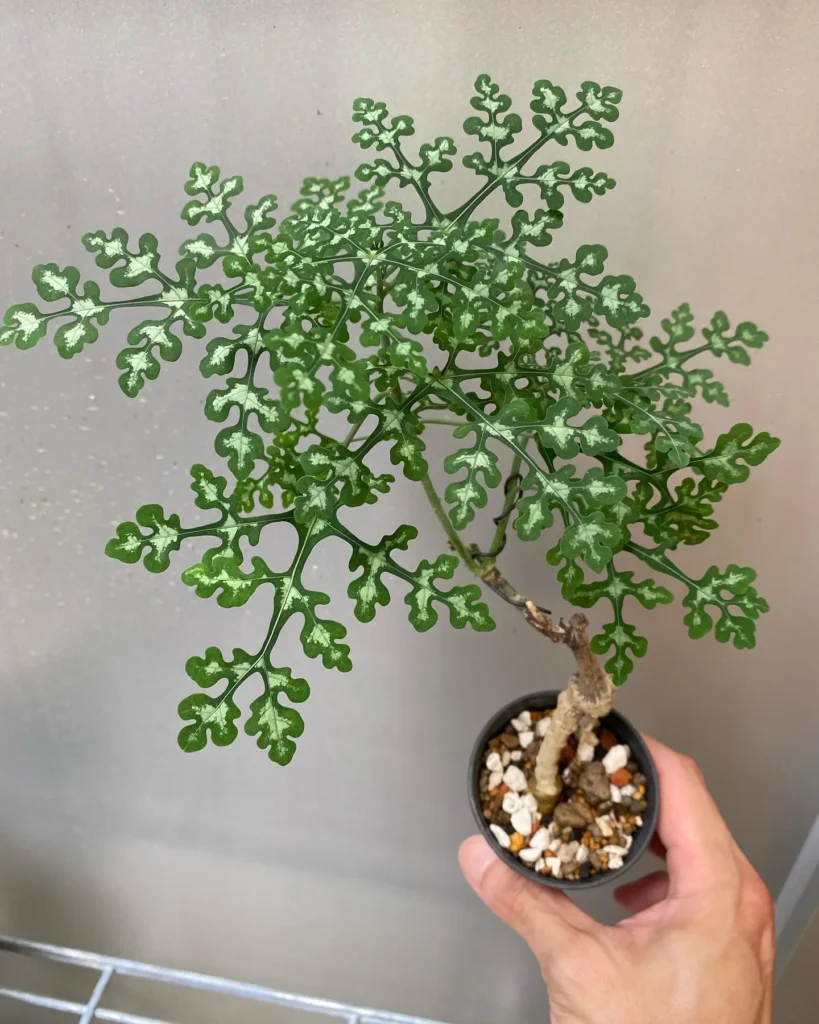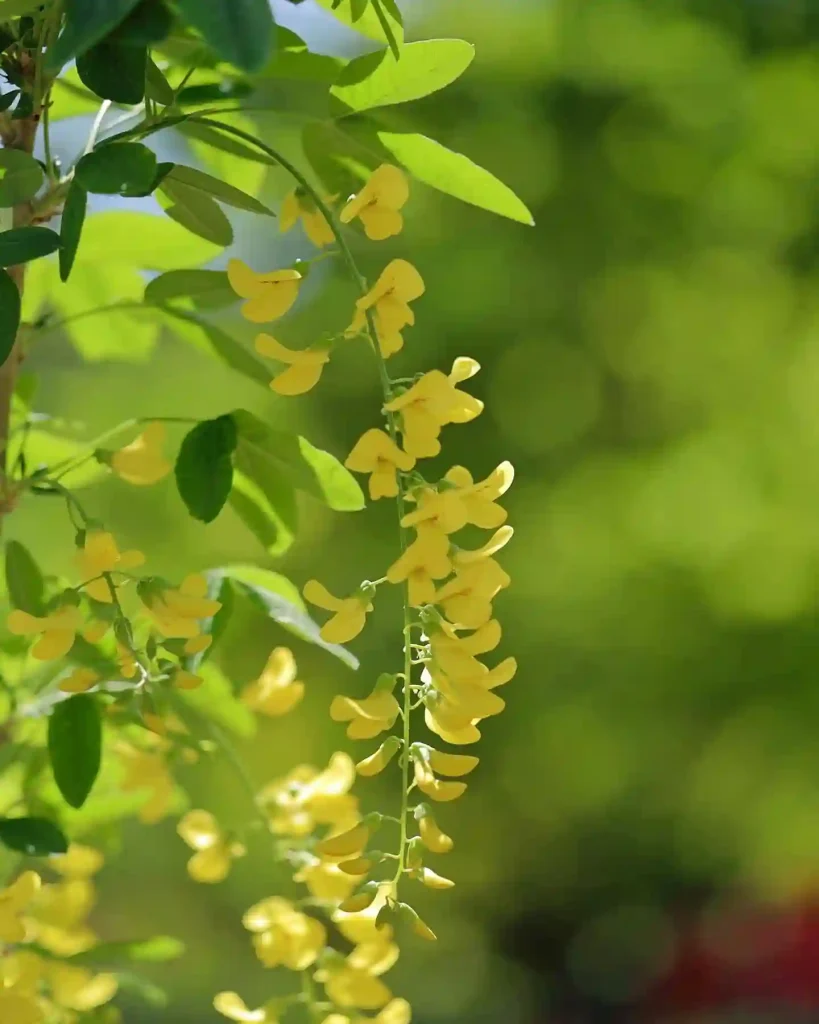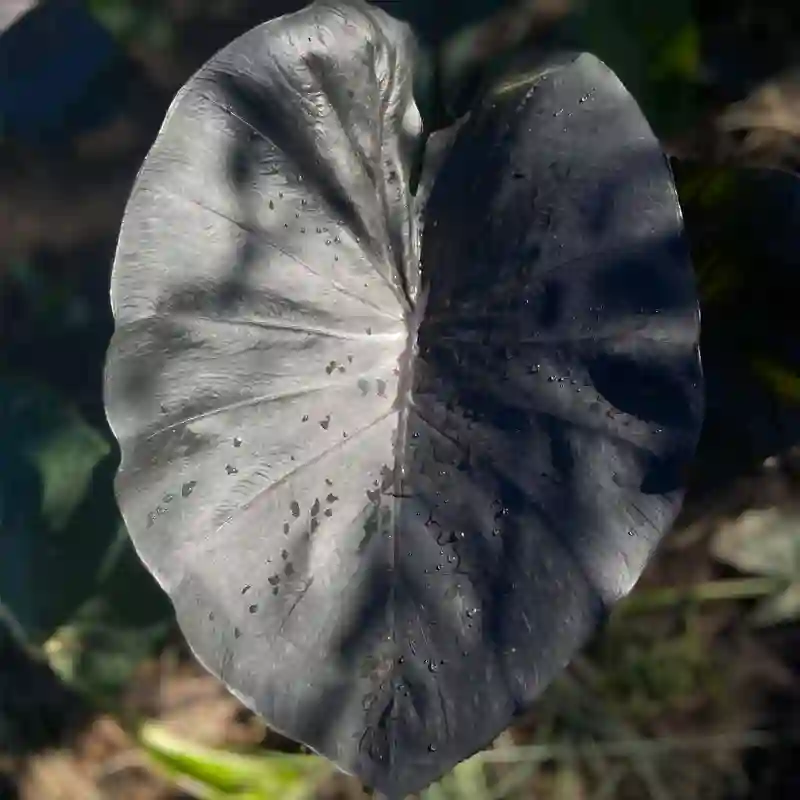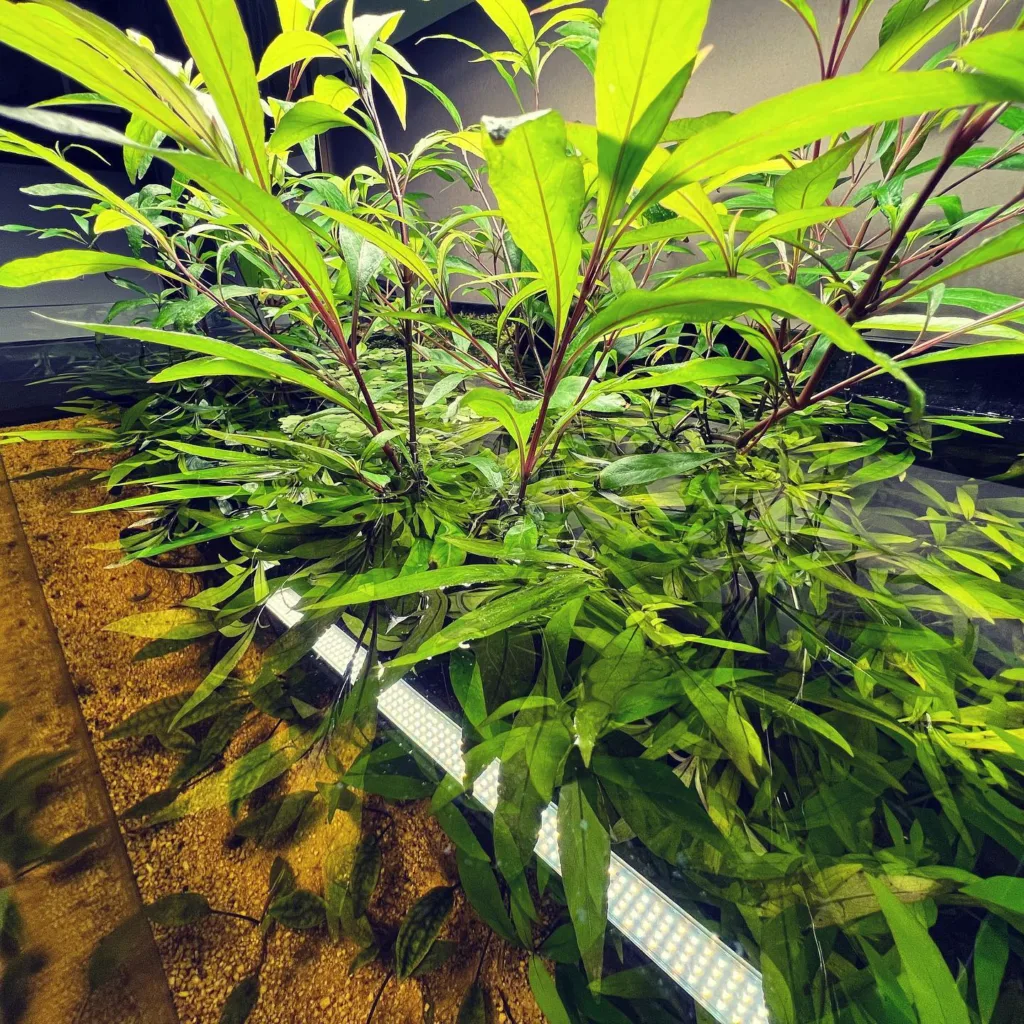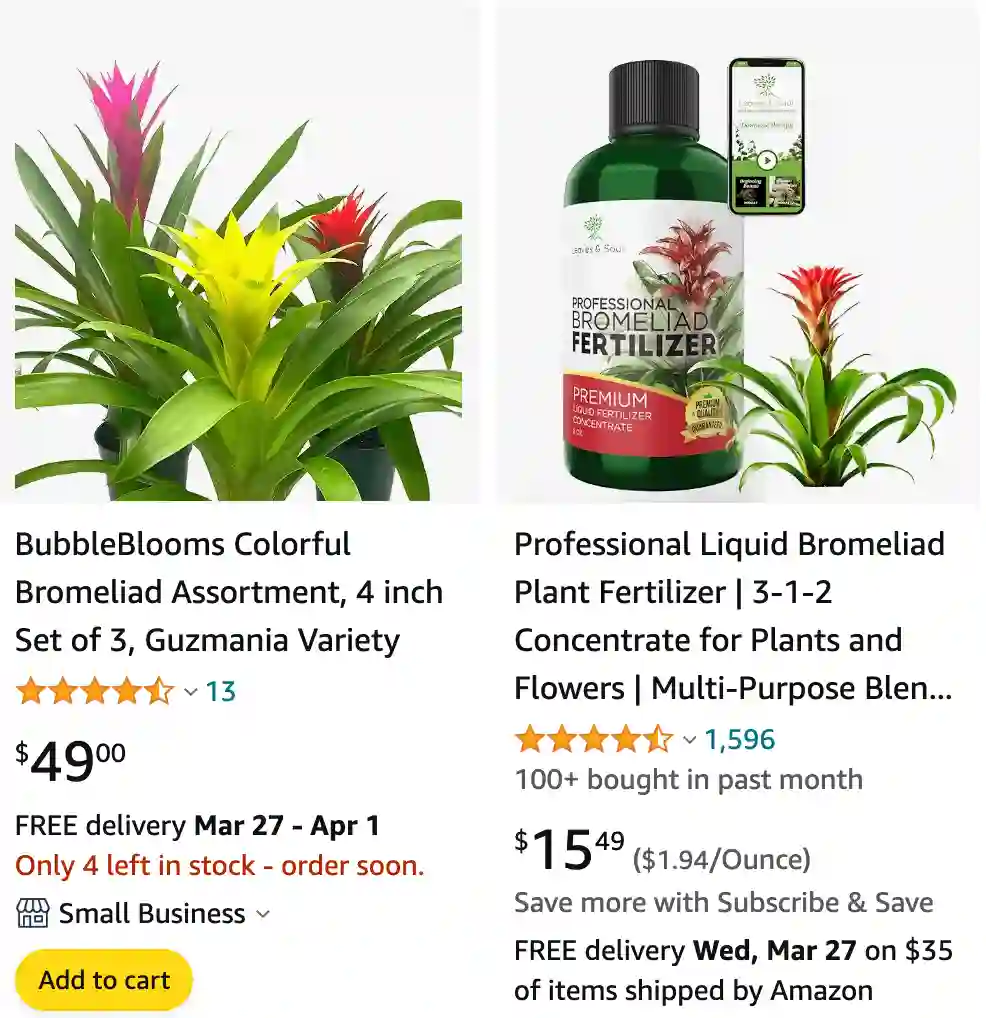
Bromeliads: Beyond the Pineapple – A Bromeliad Enthusiast’s Guide
Hi everyone, Ferb Vu here! Today, we’re diving into the fascinating world of Bromeliads, a diverse and captivating plant genus. But before we get lost in the vibrant colors and unique forms, let’s talk specifically about the Bromelia genus, the namesake of this incredible group.
What is the Bromelia Genus?
The Bromelia genus is like the ringleader in a spectacular circus – it’s the first one described and houses around 70 plant species, primarily found in the tropical regions of Latin America and the West Indies. These bromeliads are known for their stunning flowers, characterized by deeply cleft calyxes (think of a colorful cup holding the flower bud). They’re the type genus of the Bromeliaceae family, the subfamily Bromelioideae, which means they set the standard for what defines a bromeliad in this particular group.
Think of it this way: If Bromeliads are a diverse orchestra, the Bromelia genus is the first violin, leading the melody.
Bromelia species
- Bromelia agavifolia Brongn. ex Houllet
- Bromelia alsodes H.St.John
- Bromelia alta L.B.Sm.
- Bromelia amplifolia Leme & W.Till
- Bromelia antiacantha Bertol.
- Bromelia araujoi P.J.Braun, Esteves & Scharf
- Bromelia arenaria Ule
- Bromelia arubaiensis Ibisch & R.Vásquez
- Bromelia auriculata L.B.Sm.
- Bromelia balansae Mez
- Bromelia binotii É.Morren ex Mez
- Bromelia braunii Leme & Esteves
- Bromelia charlesii P.J.Braun, Esteves & Scharf
- Bromelia chrysantha Jacq.
- Bromelia dilatata Esteves, Hofacker & Scharf
- Bromelia eitenorum L.B.Sm.
- Bromelia epiphytica L.B.Sm.
- Bromelia estevesii Leme
- Bromelia exigua Mez
- Bromelia ferox Esteves, Hofacker & Scharf
- Bromelia flemingii I.Ramírez & Carnevali
- Bromelia fosteriana L.B.Sm.
- Bromelia fragilis L.B.Sm.
- Bromelia glaziovii Mez
- Bromelia goeldiana L.B.Sm.
- Bromelia goyazensis Mez
- Bromelia gracilisepala R.F.Monteiro & Forzza
- Bromelia grandiflora Mez
- Bromelia granvillei L.B.Sm. & Gouda
- Bromelia gurkeniana E.Pereira & Moutinho
- Bromelia hemisphaerica Lam.
- Bromelia hieronymi Mez
- Bromelia horstii Rauh
- Bromelia humilis Jacq.
- Bromelia ignaciana R.Vásquez & Ibisch
- Bromelia interior L.B.Sm.
- Bromelia irwinii L.B.Sm.
- Bromelia karatas L.
- Bromelia laciniosa Mart. ex Schult. & Schult.f.
- Bromelia lagopus Mez
- Bromelia legrellae (É.Morren) Mez
- Bromelia lindevaldae Leme & Esteves
- Bromelia macedoi L.B.Sm.
- Bromelia magnifica Esteves & Gouda
- Bromelia michaelii Esteves, Hofacker & Scharf
- Bromelia minima Leme & Esteves
- Bromelia morreniana (Regel) Mez
- Bromelia neotenuifolia I.M.Turner
- Bromelia nidus-puellae (André) André ex Mez
- Bromelia oliveirae L.B.Sm.
- Bromelia palmeri Mez
- Bromelia pinguin L.
- Bromelia poeppigii Mez
- Bromelia redoutei (Baker) L.B.Sm.
- Bromelia regnellii Mez
- Bromelia reversacantha Mez
- Bromelia richardii Esteves, Hofacker & Scharf
- Bromelia rondoniana L.B.Sm.
- Bromelia rosea Esteves, Hofacker & Scharf
- Bromelia scarlatina (Linden) É.Morren ex C.Morren
- Bromelia serra Griseb.
- Bromelia superba Mez
- Bromelia superficialis P.J.Braun & Esteves
- Bromelia sylvicola S.Moore
- Bromelia tarapotina Ule
- Bromelia tocantinense Esteves & Gouda
- Bromelia trianae Mez
- Bromelia tubulosa L.B.Sm.
- Bromelia unaensis Leme & Scharf
- Bromelia villosa Mez
Bromeliads vs. Bromelia: What’s the Difference?
This is a common question, and it’s a clear distinction. Bromeliads is the broader term, encompassing over 1,800 species with a vast array of shapes, sizes, and adaptations. They can be epiphytes (growing on trees), terrestrials (growing in soil), or tank bromeliads (with water-holding cups formed by their leaves).
The Bromelia genus, on the other hand, is a specific group within the Bromeliad family. They share some common characteristics like the deeply cleft calyx, but their diversity within the genus is still impressive. Think of Bromeliads as the kingdom, and the Bromelia genus as a specific province with its own unique characteristics.
Bromelias: A Burst of Color and Unexpected Adaptations
One of the things that captivated me about bromeliads, and the Bromelia genus in particular, is their vibrant colors. Their leaves can range from deep greens to fiery reds, and their inflorescences (flower clusters) can be a riot of pinks, yellows, oranges, and even purples. This explosion of color adds a touch of the tropics to any indoor or outdoor space.
But beauty isn’t their only trick. Bromeliads, including those in the Bromelia genus, have developed some fascinating adaptations to their environment. Many are epiphytes, meaning they grow on other plants for support, not nourishment. They absorb moisture and nutrients from the air and debris that collects in their leaf rosettes. This unique lifestyle allows them to thrive in nutrient-poor environments like rainforests.
The Bromelia genus, in particular, often has stiff, spiky leaves that help deter herbivores. They’ve also developed a specialized water-absorbing system through tiny scales on their leaves, allowing them to efficiently capture moisture from the humid air.
How to care for Bromeliad?
If you’re considering adding a Bromeliad, including a Bromelia species, to your plant collection, here are some quick tips:
- Light: Most bromeliads prefer bright, indirect light. Avoid harsh, direct sun which can scorch the leaves.
- Water: Bromeliads don’t need constant watering. Fill the central cup (tank) at the base of the leaves and allow it to drain completely. Water the soil (if potted) when the top inch feels dry.
- Humidity: Bromeliads thrive in humid environments. If your home is dry, mist the plant regularly or use a pebble tray filled with water.
- Temperature: Aim for warm temperatures between 68°F and 80°F (20°C and 27°C). Avoid cold drafts.
With proper care, your Bromeliad will reward you with stunning blooms and add a touch of the tropics to your space.
Beyond the Bromelia Genus: Exploring the Bromeliad Family
The Bromelia genus is just a taste of the incredible diversity within the Bromeliad family. There are air plants (Tillandsia) with silvery leaves that seem to defy gravity, terrestrial bromeliads like Cryptanthus with fascinating foliage patterns, and even the familiar pineapple (Ananas comosus), which is a bromeliad!
So, if you’re intrigued by the Bromelia genus, I encourage you to delve deeper into the world of bromeliads. You’ll discover a whole spectrum of fascinating plants, each with its own unique beauty and adaptations. Happy exploring!
If i die, water my plants!
